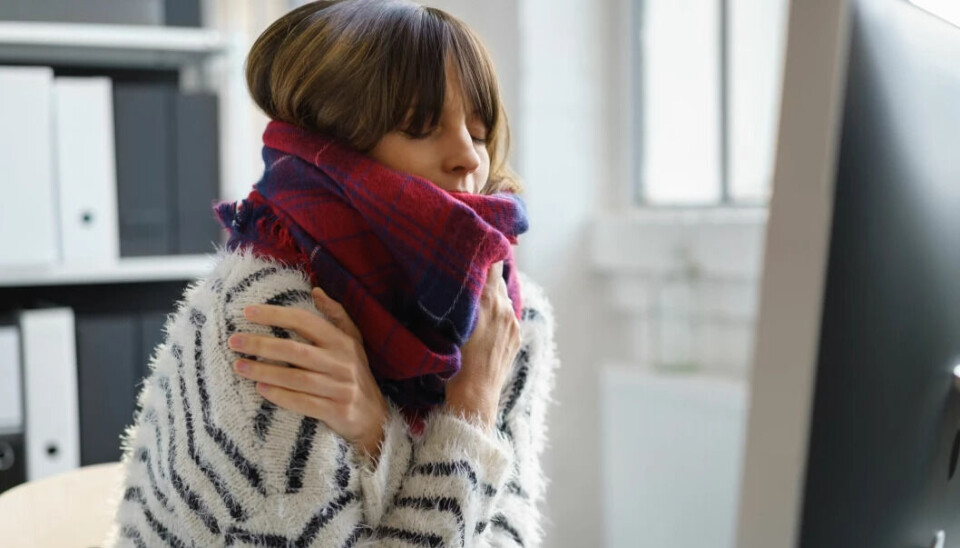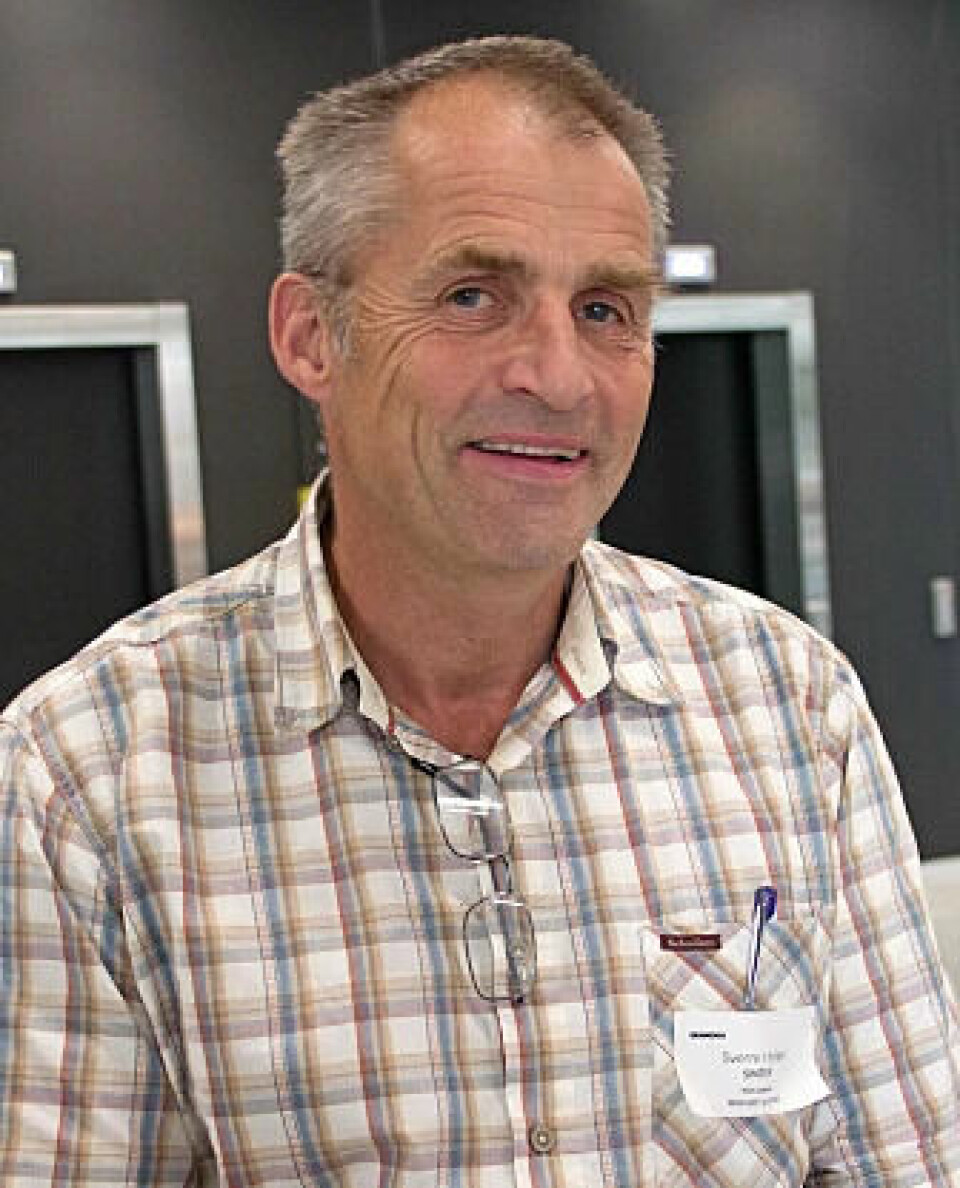
We spend billions on heating that leaks out of buildings
About 5 per cent of all used energy in the world is lost because it leaks out of buildings.
You’re throwing some of your money out of the window when you heat up your home, whether you want to or not.
“No matter how new or old buildings are, they are never completely sealed,” Per Magne Helseth says.
Helseth was one of the founders of Airtight. The Norwegian company began developing sensors to test the pressure inside commercial buildings. Coincidentally, some of the sensors were left standing after being tested. It was then that Airtight discovered large leaks.
“When you enter a shopping centre you often feel a draft. Either the air pushes you forwards, or it pushes against you,” Helseth says.
In other words: Drafts are caused by much more than poorly insulated walls.
He says that the five per cent figure comes from the international energy agency IEA. 40 per cent of the world's energy is used by buildings.

Comfort and energy
An EU-funded research project has furthered the sensor invention. Currently, around 200 – 300 sensors have been set up in Norwegian buildings. They have been stationed there not only to make the spaces more comfortable for people but also to save energy.
It is not particularly pleasant when there is a draft indoors. And such drafts can occur whether you are sitting by an unsealed window, or you are standing in a six-story high atrium inside a super trendy, new office building.
“The project involves making sensors that measure pressure differences. The measurements are used to control the ventilation of the building,” says Helseth.
He talks about the measurement being high-resolution - that is, it is very accurate. The usual air pressure at sea level is 100,000 pascals. The sensors can accurately measure down to a single pascal.
The ventilation
When construction operators can obtain this data and use it to control the ventilation system, it is possible to get rid of both the draft inside the rooms and the leaks through the walls.
It is much easier and cheaper than building new, super-sealed walls and ceilings. In addition, the sensors monitor when the pressure differences change.
“When you build a new building and install ventilation, the pressure difference is of course adjusted. However, this only happens once. This is problematic as the difference between inside and outside is not the same when it is minus 20 degrees as when it is plus 20 outside, and it changes over time,” Per Magne Helseth explains.
He does not dare to say how much energy it is possible to save with pressure sensors.
“There is a good deal to be gained from energy. But we see that those who have used the pressure sensors use them more for comfort,” Helseth tells sciencenorway.no.
Following the research project, Airtight has become part of another Norwegian company: Airthings. The similarity in names is a coincidence, but Airthings also started making sensors to check air quality. The news magazine Time highlighted Airthings’ sensors for indoor climate as one of the world's 100 best inventions in 2019.

Thermal buoyancy
“Such pressure sensors are interesting. They are a tool for checking what is going on in a building,” says Sverre Bjørn Holøs. He is a researcher at Sintef and leader of the Norwegian Society for Indoor Air Quality and Climate.
Holøs envisions several things that such sensors can be used for.
“In industrial and commercial buildings, such as a shopping centre with an entrance on the ground floor and four floors under a glass roof in the middle, there you have some fairly large forces in play,” he says.
What he is referring to is so-called thermal buoyancy – i.e., temperature differences that give internal drafts at the bottom and pressure at the top of the building.
Condensation and viruses
Holøs points to the danger of condensation in the construction of buildings as another reason to monitor the air pressure.
“If you have damp air that is pressing against a roof structure it can be harmful,” he says.
“Another possibility is pressure differences between rooms. In some rooms you want the ability to control so you can have negative pressure or overpressure,” he says.
When the Covid pandemic looked most threatening, for example, it was important to have negative pressure in the hospital rooms where the infected lay so that no air containing the virus leaked out when someone opened a door.
Sverre Bjørn Holøs emphasises that he does not know the research of Airtight and Airthings in detail.
“But in general, I think that knowing more about pressure conditions in buildings and setting up sensors that can measure pressure differences is good,” he says to sciencenorway.no.
———
Translated by Alette Bjordal Gjellesvik.

































